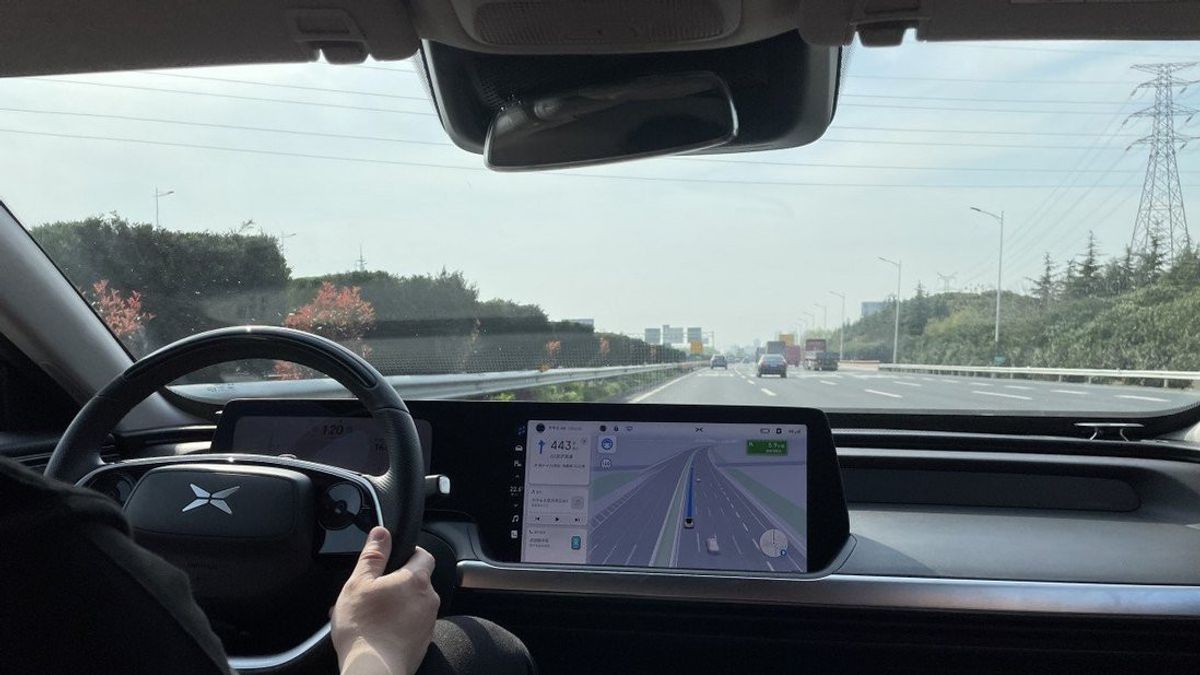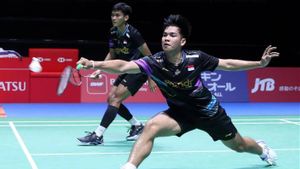JAKARTA - China has published the first national standard for self-driving assessments, which will come into force in March. This standard will provide a benchmark for automakers to develop futuristic technologies.
China's six-tier standard, called "Driving Automation Taxonomy for Vehicles", provides an official definition for self-driving cars from level zero (L0), which relies mostly on human drivers, to L5 which achieves "full driving automation".
Prior to its introduction, local automakers used the definition of the United States-based Society of Automotive Engineers (SAE). Although similar to the Chinese version, the SAE standard gives technology a slightly bigger role, experts say.
"These new criteria provide a solid foundation for the future rollout of mandatory laws, regulations and classifications and prerequisites for autonomous driving technology to commercialize its implementation on a large scale," said Wang Zhenbo, analyst at automotive industry consultancy WAYS Information Technology.
The level is determined by the level of autonomous driving technology involved in steering, braking and acceleration under certain conditions. At the highest level, technology takes complete control and can drive the vehicle anywhere in all road conditions.
The standard was drafted by 11 major automakers and suppliers, including China's Ford, BMW and Volkswagen units as well as domestic giants such as Geely and GAC Group. Meanwhile, the Ministry of Industry and Information Technology (MIIT) will oversee its implementation. Last year, MIIT published a draft standard, and CCTV, the state-owned television, reported that it would take effect in January this year. However, its implementation was delayed without any explanation.
The State Administration for Market Regulation, which oversees the administration of standardization, did not immediately respond to a faxed request for comment. While not mandatory, the taxonomy is a recommended standard that authorities hope autonomous car companies will adopt.
SAE launched its classification in 2014 and has updated it several times since. It also has a six-tier rating based on human driver engagement and automation.
"Although both standards have the same number of levels, the Chinese version places more emphasis on technology input," said Chen Jian, automotive analyst at research firm Analysys.
For example, China's L0, L1 and L2 levels require the driver and the autonomous driving system to cooperate in detecting and responding to objects and events while the SAE version only requires the driver to perform tasks for these levels.
"Secondly, China's taxonomy offers a definition for 'long-distance driver', which is not covered by the SAE," Chen said. According to the document, remote driver refers to anyone who can operate a car without touching the steering wheel or brakes, whether they are inside or outside the car.
"Currently there are mass-produced passenger cars capable of L2, but the L3 is still in the testing phase," Chen said.
L3 is known as "conditional driving automation" under the Chinese taxonomy, because levels below it require driver involvement and are not considered automation, but assist features.
This is seen as the beginning of true self-driving as it requires autonomous systems to continuously detect and respond to objects and events, control the lateral and longitudinal movements of the car under pre-defined working conditions, and alert the driver or human to take over if the system finds a malfunction.
The L3 is generally seen as a "hands off" feature while the L4 allows the driver to "take their eyes off". At L5, they can even "get their mind off" or sleep while driving.
However, experts say that getting to L3 on public roads takes a long time and will cost a lot of money. “Even if L3 is achieved, the cost will increase sharply, making it more difficult to commercialize [the technology],” Chen said.
Nevertheless, self-driving car companies are racing to make the L4 and L5 a reality, but the technology is still in the experimental stages. Tesla founder Elon Musk said in July last year that he was confident that Tesla "will have the basic functionality for level 5 autonomous driving completed" by 2020.
However, the EV maker admitted to the California Department of Motor Vehicles that it "doesn't match the engineering realities... Tesla is still at level 2 at the moment", according to a memo released by legal transparency group PlainSite.
In September 2020, Chinese internet giant Baidu launched the L4 autonomous bus in partnership with bus maker King Long. Car developer Intel Mobileye and Chinese electric vehicle maker NIO partnered in 2019 to build L4 cars for consumers in China and other key regions.
The English, Chinese, Japanese, Arabic, and French versions are automatically generated by the AI. So there may still be inaccuracies in translating, please always see Indonesian as our main language. (system supported by DigitalSiber.id)













